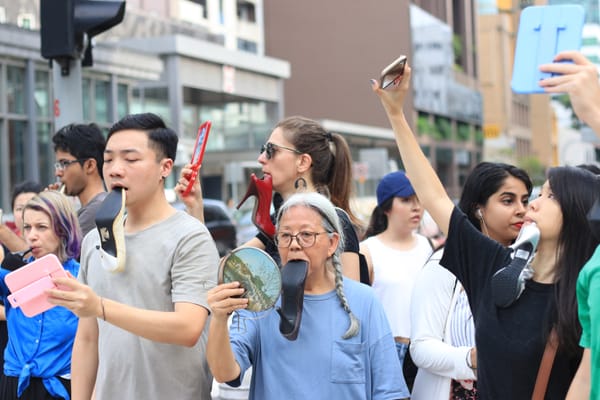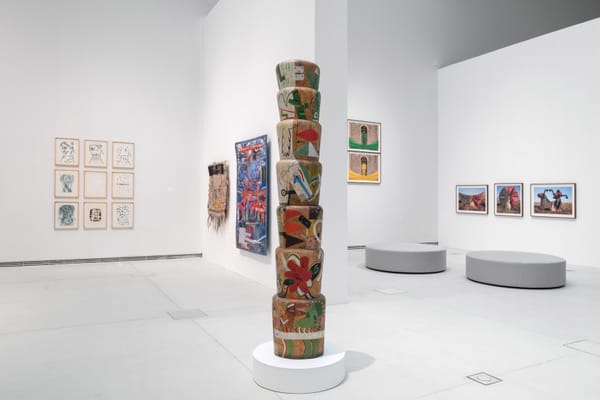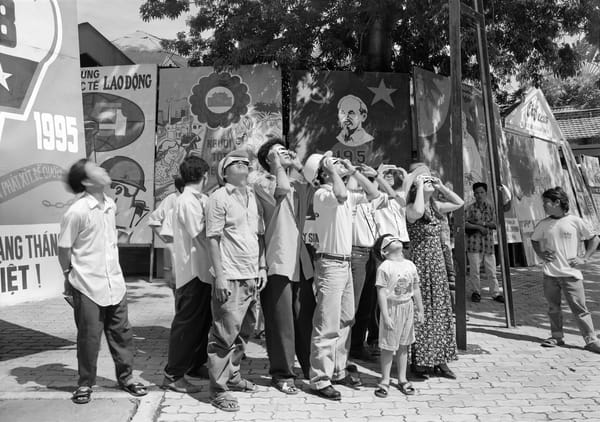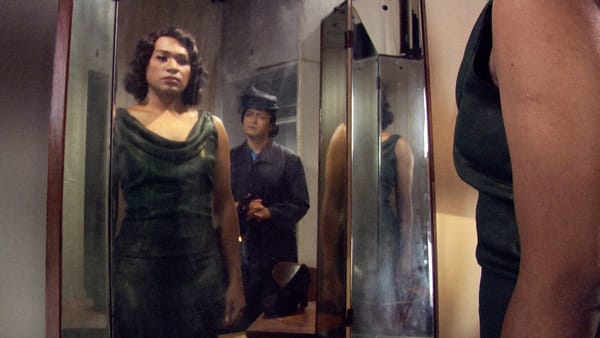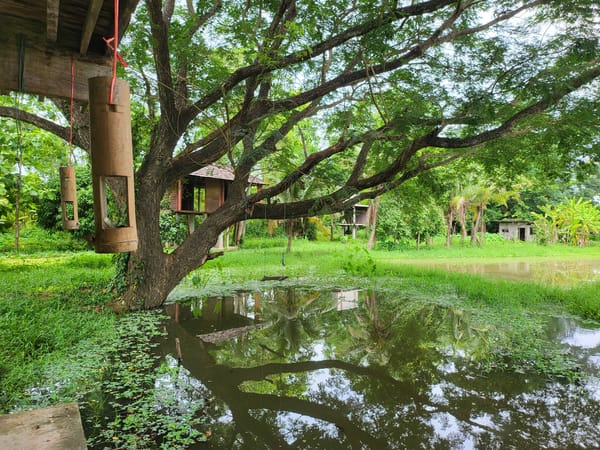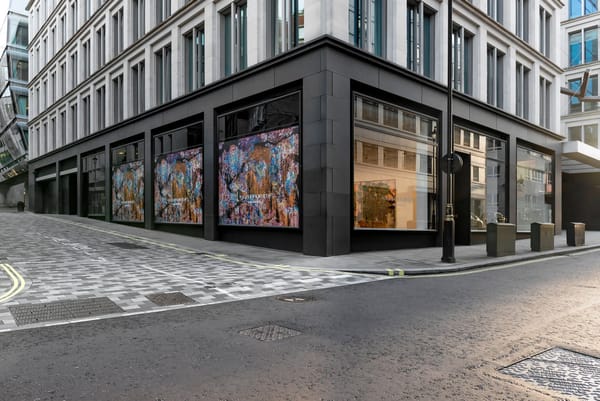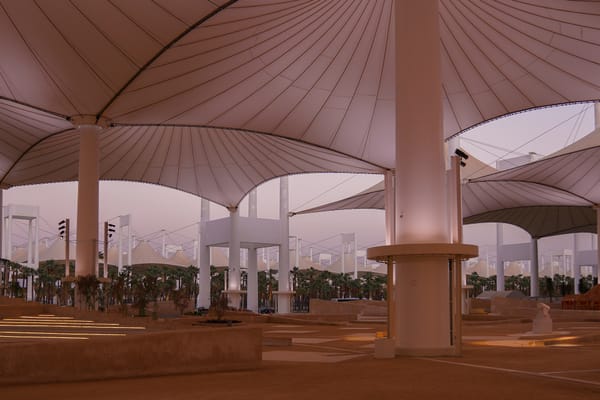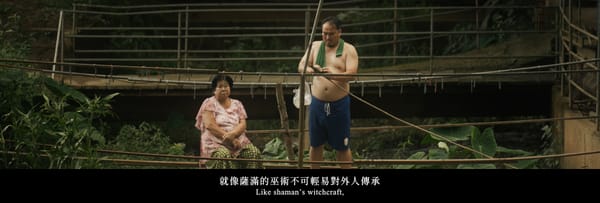Issue
To Curate a Region
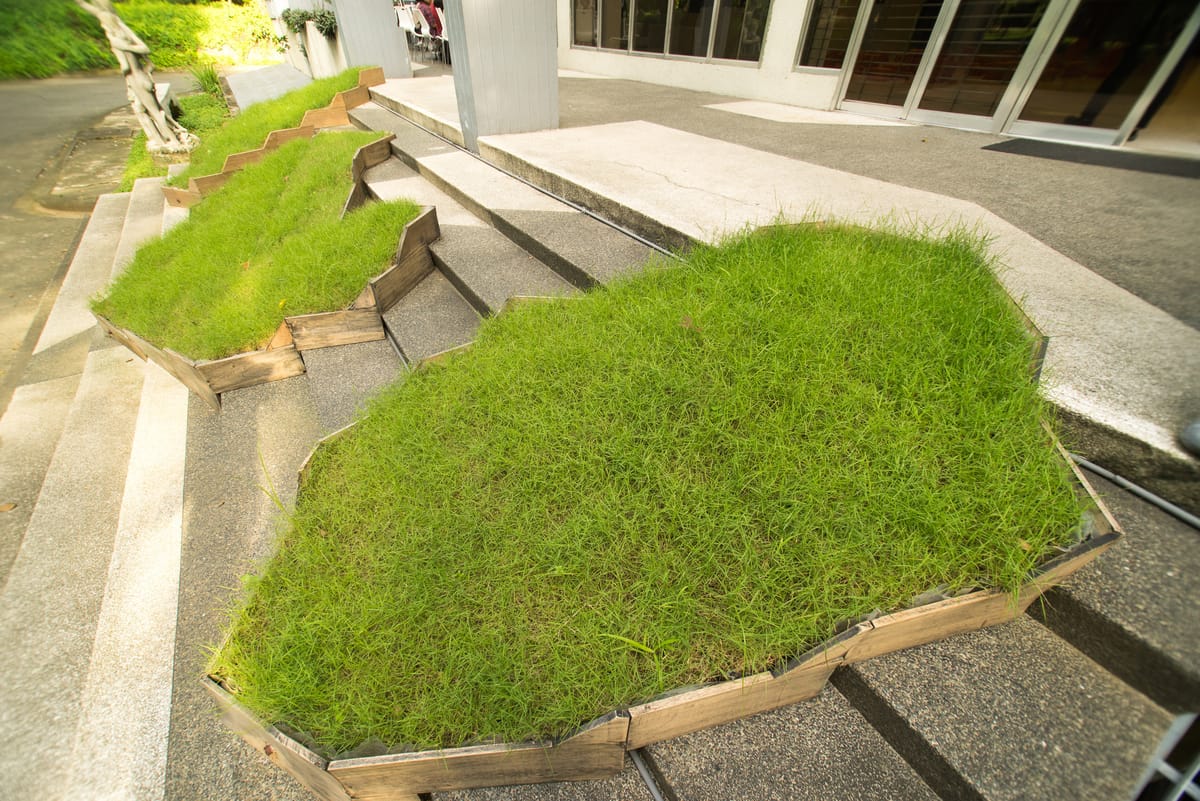
Thinking about Southeast Asia as a region takes us initially to a geographical necessity: the sketching out of a surface on which the silhouette of a place and culture begins to appear. Here, the much-maligned monster of anthropology of an earlier imperialism curiously offers an instructive prompt. I am reminded of the late American anthropologist Clifford Geertz, who once asked, “What is a country if it is not a nation? What is a culture if it is not a consensus?”1 To which I add, “What is a region if it is not a curation?”
If a region is a curation, then what are the possible ways in which Southeast Asia is curated as a location and a historical imagination? Expressed in another way, what does an exhibition on, around, and through Southeast Asia look like? How does Southeast Asia become present curatorially, or become legible or recognizable to the public through the medium of an exhibition?
An important matter to consider is the thinking involved and invested in Southeast Asia as a region, a collection of localities characterized as nation-states with diverse histories and cultures. When these localities are gathered and merged into a monolithic region, what is curatorship doing, how is it responding to prior conceptualizations, and what could curatorship do otherwise? Does it merely represent a fully formed territory? Or is it able to rethink the condition of a region; that is, the idea of regionality itself, in a curatorial way? The geographical necessity may thus eventually morph into a strategic collective.
